
Find Help
More Items From Ergsy search
-

Is it advisable to discuss camera placement before it becomes an issue?
Relevance: 100%
-

Does a Ring Doorbell Camera work at night?
Relevance: 50%
-

Are there privacy laws that protect me from neighbor's cameras?
Relevance: 50%
-

Do neighbours need to inform me if their cameras record my property?
Relevance: 49%
-

How do Ring Doorbell Cameras work?
Relevance: 47%
-

How do I install a Ring Doorbell Camera?
Relevance: 47%
-

Can I ask my neighbour to reposition their security camera?
Relevance: 46%
-
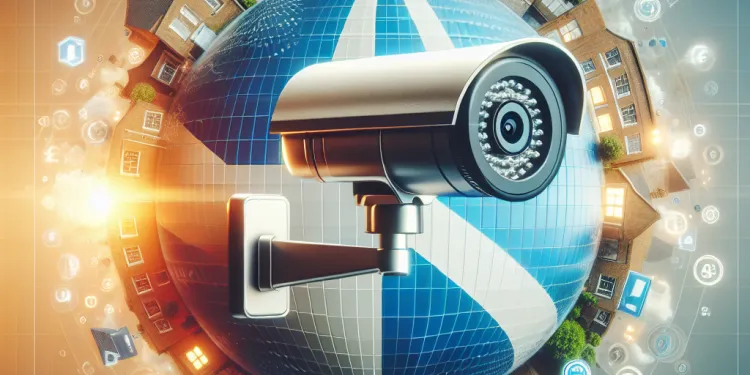
Is redirecting a security camera a solution?
Relevance: 46%
-
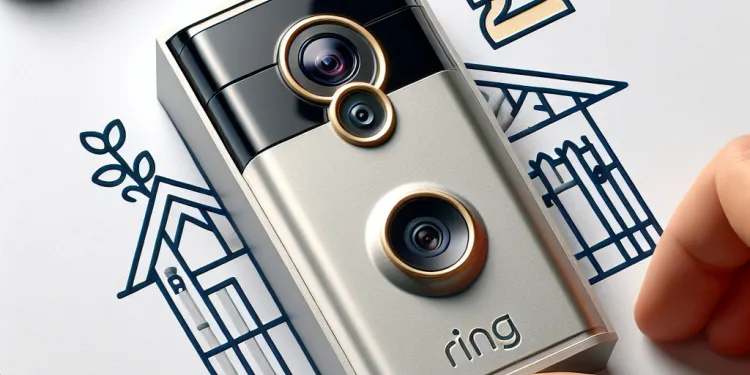
What is a Ring Doorbell Camera?
Relevance: 46%
-

How can I verify the camera's field of view?
Relevance: 46%
-

How can I tell if a security camera is pointing at my property?
Relevance: 46%
-
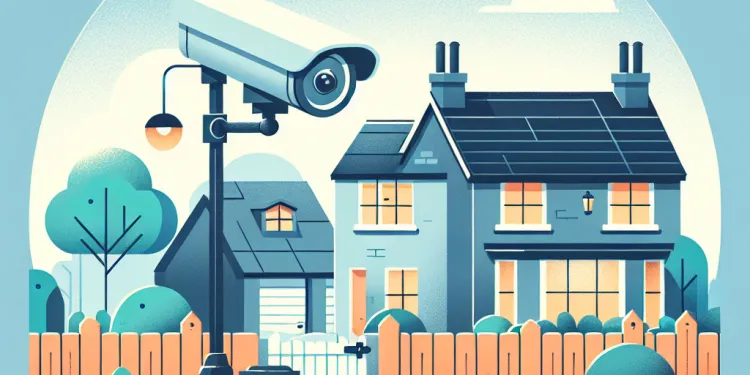
Can my neighbour legally point a security camera at my property?
Relevance: 45%
-

How can I stop my neighbour's security camera pointing at my property?
Relevance: 44%
-

Can technology help in blocking the camera's view?
Relevance: 43%
-

Is the video quality of a Ring Doorbell Camera good?
Relevance: 43%
-
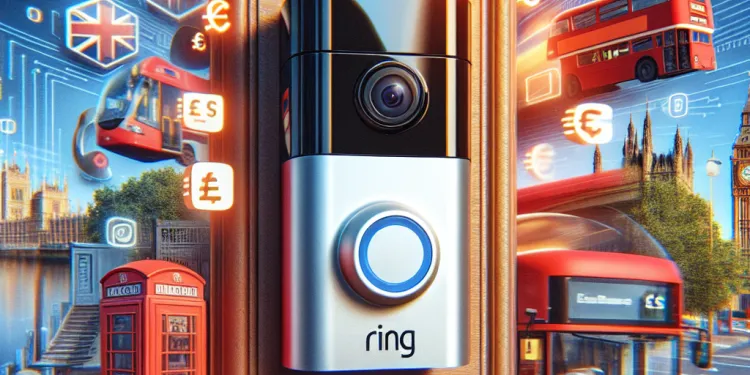
How does a Ring Doorbell Camera work?
Relevance: 43%
-
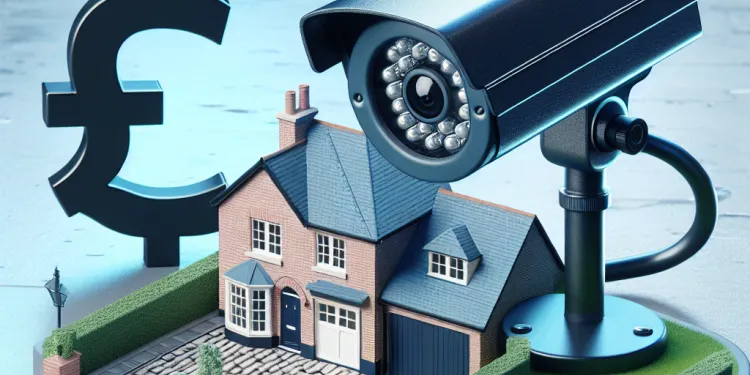
Is my concern valid if the camera is only monitoring my driveway?
Relevance: 43%
-

Is it legal for me to block the view of my neighbour's security camera?
Relevance: 43%
-
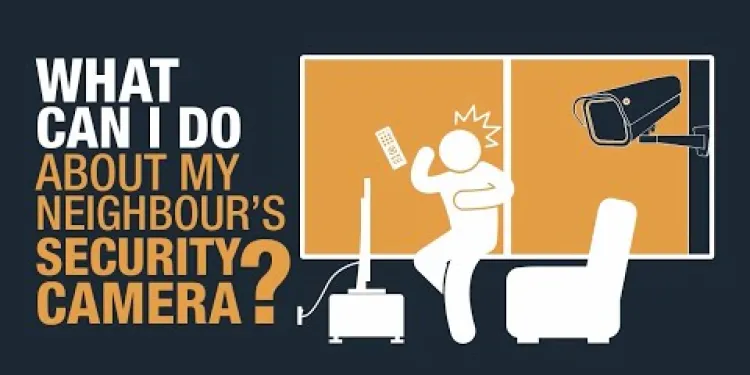
What can I do about my neighbour's security camera?
Relevance: 43%
-
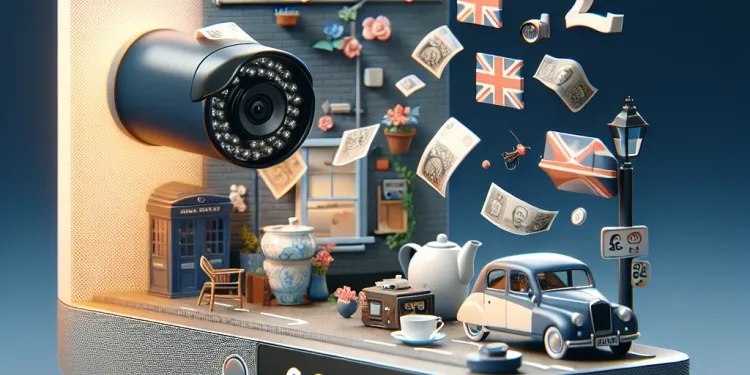
Can I install my own camera to monitor the area in question?
Relevance: 42%
-

What can I do about my neighbour's security camera?
Relevance: 42%
-
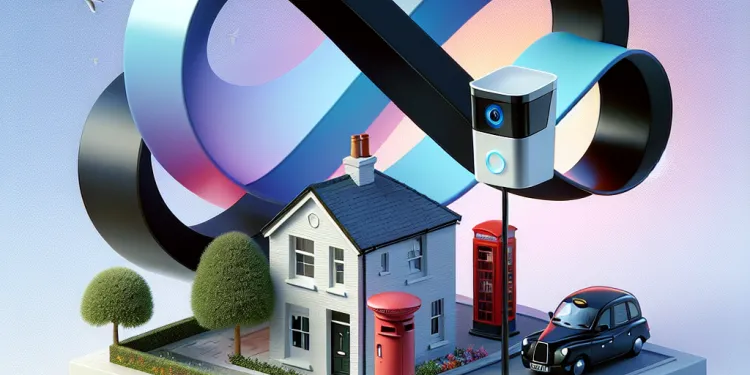
Can a Ring Doorbell Camera record continuously?
Relevance: 41%
-

Can I block the view of my neighbor's camera with physical barriers?
Relevance: 41%
-
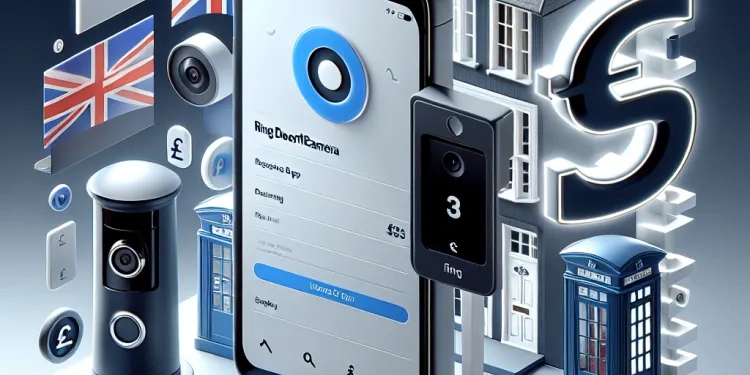
Is the Ring app necessary for using a Ring Doorbell Camera?
Relevance: 41%
-

Is it legal for my neighbor to have a security camera facing my property?
Relevance: 41%
-

What kind of notifications do Ring Doorbell Cameras provide?
Relevance: 41%
-
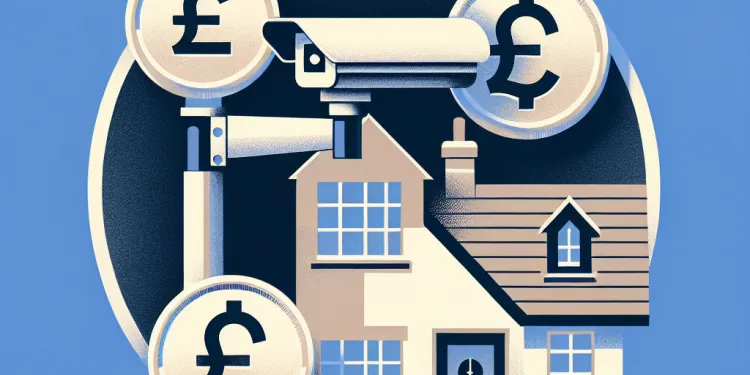
What if my neighbor claims the camera is for security but it points towards my property?
Relevance: 40%
-
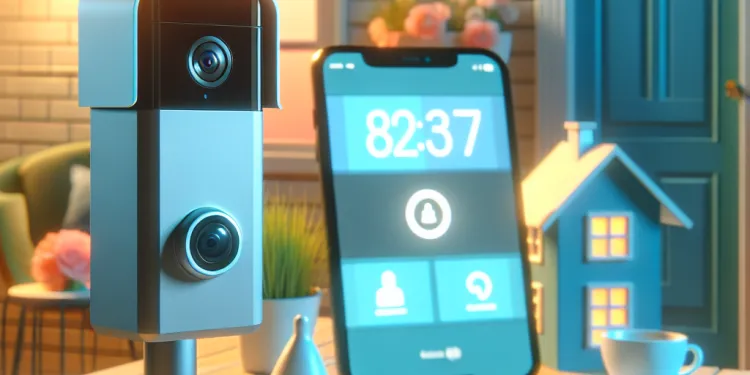
What happens if my Ring Doorbell Camera is stolen?
Relevance: 40%
-
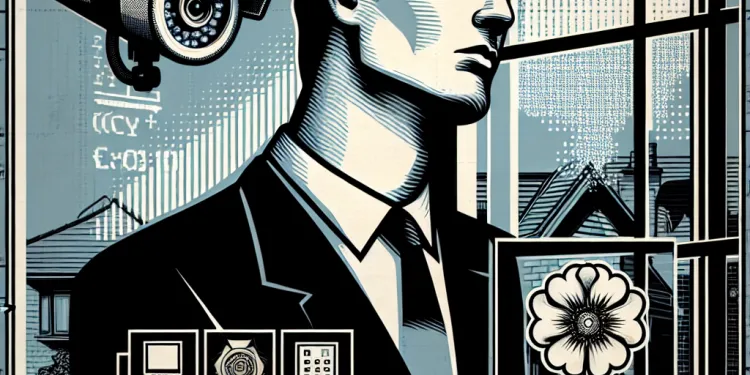
Should I contact the authorities if my neighbor refuses to adjust their camera?
Relevance: 40%
-

What steps can I take if my neighbour refuses to reposition their security camera?
Relevance: 39%
-
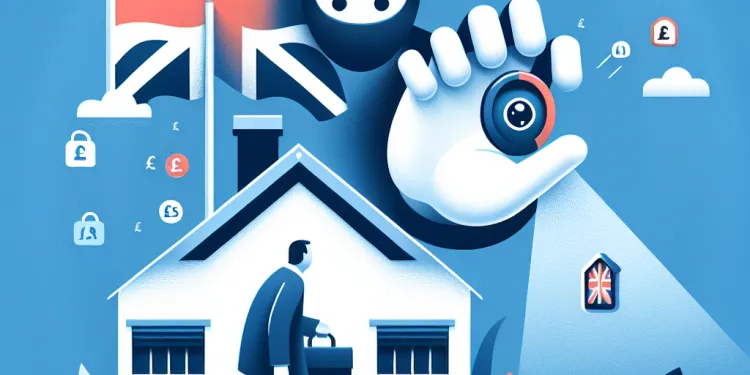
Can I ask for legal help to get my neighbor’s camera moved?
Relevance: 39%
-

How secure is the Ring Doorbell Camera system?
Relevance: 39%
-
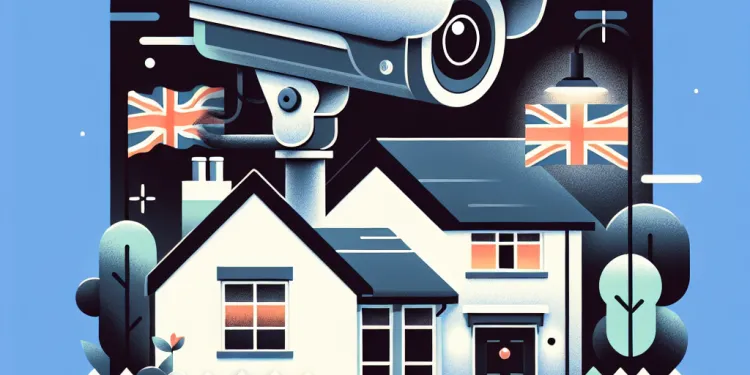
What should I do first if my neighbor's security camera is pointed at my property?
Relevance: 39%
-

Do Ring Doorbell Cameras support Alexa integration?
Relevance: 38%
-
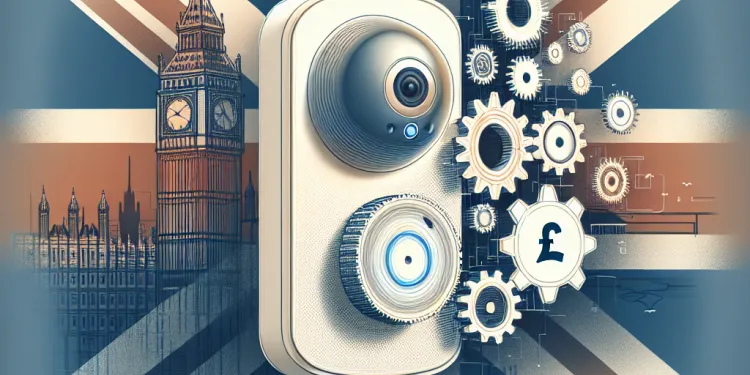
Can I customize motion detection on my Ring Doorbell Camera?
Relevance: 38%
-
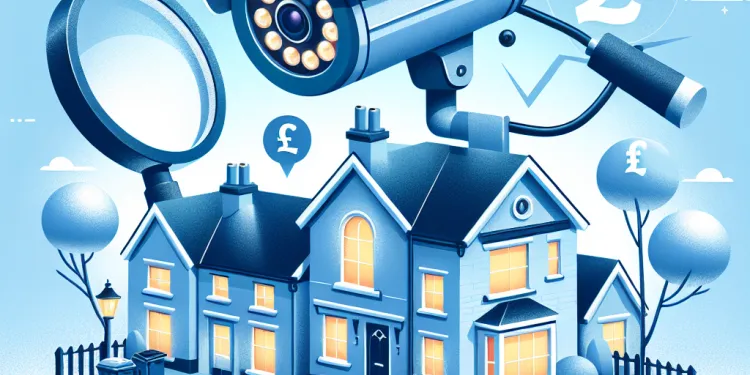
Can my neighbour use footage from their security camera as evidence in disputes?
Relevance: 37%
-
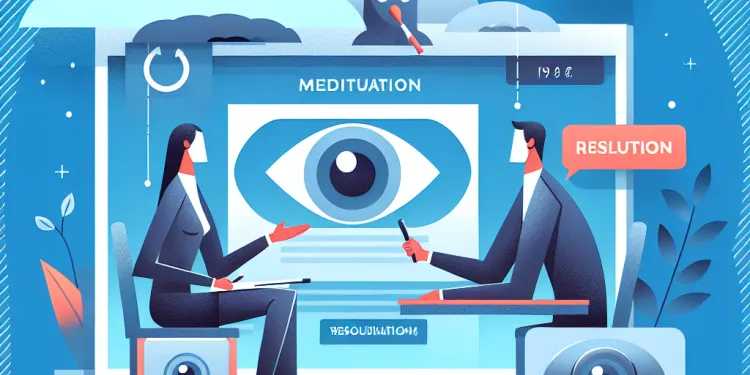
Are there any mediation services for resolving disputes over security cameras?
Relevance: 37%
-
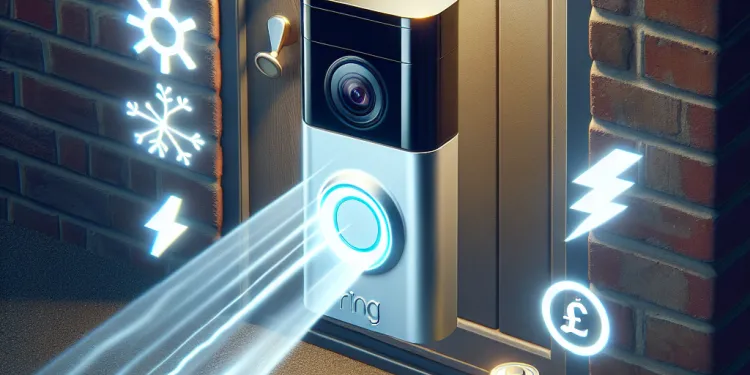
How does a battery-powered Ring Doorbell Camera work?
Relevance: 35%
-

Can I use a Ring Doorbell Camera without a subscription?
Relevance: 35%
-
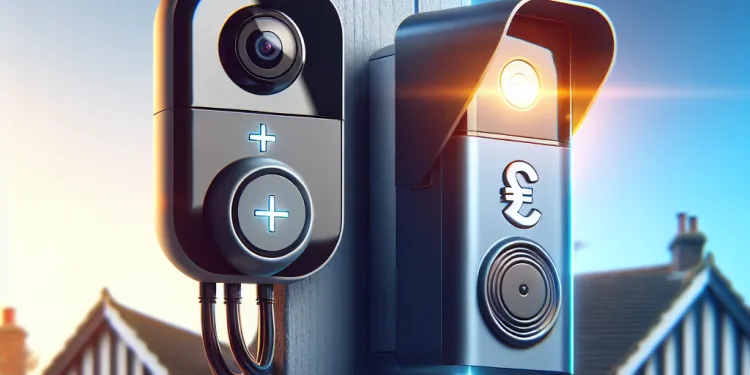
Are wired Ring Doorbell Cameras better than battery-powered ones?
Relevance: 32%
Introduction
When setting up a surveillance system, one crucial consideration is the placement of cameras. Addressing the placement of these devices proactively, rather than reactively, can preempt conflicts and enhance the effectiveness of the system. In the UK, where privacy laws are stringent and public security is highly valued, discussing camera placement before it poses an issue is both practical and prudent.
The Importance of Early Discussion
Engaging in early discussions about camera placement helps in striking a balance between security needs and privacy concerns. Before installing surveillance cameras, stakeholders, including homeowners, business partners, and neighbours, should engage in conversations to agree on suitable locations. This proactive approach ensures that all parties are aware of the locations being monitored and can express any privacy concerns, mitigating potential conflicts down the line.
Legal Compliance
The UK has strict privacy laws, such as the General Data Protection Regulation (GDPR) and the Data Protection Act 2018, which govern the use of surveillance technology. By discussing camera placement before installation, individuals and businesses can ensure they meet legal obligations, such as having a clear purpose for each camera and ensuring that recorded information is relevant and not excessive. Additionally, it's essential to inform people that they might be recorded and provide clear signage where necessary, which can be organized during early discussions.
Optimizing Surveillance Effectiveness
Considering camera placement proactively can significantly enhance the effectiveness of a surveillance system. Early discussions allow for evaluating the specific areas that require monitoring and determining optimal camera angles and positions to cover the desired spaces adequately. This can prevent the installation of cameras in ineffective locations that waste resources and contribute little to security. Moreover, strategic placement helps in capturing high-quality footage, which is instrumental in fulfilling the intended security purposes.
Preventing Future Disputes
Addressing camera placement issues before they escalate can prevent disputes with neighbors and within communities. In the UK, where properties are often closely situated, cameras positioned without prior consultation can lead to complaints about intrusion and privacy violations. By entering discussions beforehand, property owners can establish a mutual understanding with neighbours and potentially avoid local disputes or complaints. Clearly defined camera locations, agreed upon in advance, lessen the risk of misunderstandings and maintain good relationships.
Conclusion
In conclusion, discussing camera placement before implementation is advisable in the UK context. Such discussions ensure compliance with legal standards, optimize surveillance effectiveness, and prevent disputes. By taking a proactive approach, individuals and businesses can install surveillance systems that provide security, respect privacy, and adhere to the law. Therefore, it is wise to engage all relevant parties in dialogue regarding camera placement before it becomes a contentious issue.
Introduction
When you set up cameras for safety, it is important to decide where to put them. Plan where to place the cameras before any problems come up. This will help make the system work better and avoid arguments. In the UK, privacy is important and the law is strict about it. So, it's smart to think about where to put cameras before you start.
Why Talk About It Early?
It is helpful to talk about where to put cameras before installing them. This helps balance safety and privacy. Homeowners, business partners, and neighbours should discuss and agree on camera spots. Doing this early makes sure everyone knows where the cameras will be and can share any worries. This prevents future fights.
Following the Law
The UK has strict rules about using cameras, like the GDPR. Talking about camera placement first helps you follow these rules. You need a good reason for each camera and the information it records should be important, not too much. Let people know they might be recorded with signs, which you can plan in talks beforehand.
Making Cameras Work Better
Planning where to put cameras early makes them work better. You can find the best spots and angles to see where you need to. This stops cameras from being put in bad places where they don't help. Good camera spots get clear pictures, which is good for safety.
Stopping Future Fights
By deciding on camera places early, you can avoid arguments with neighbours. In the UK, homes are close together, so cameras can upset people if not agreed on. Talk with neighbours early to avoid issues. When everyone agrees on camera places, it helps keep good relationships.
Conclusion
In the UK, it's smart to talk about camera places before putting them up. This follows the law, makes sure cameras work well, and stops arguments. A proactive approach means you meet legal rules, respect privacy, and keep everyone happy. So, talk with everyone about where cameras should go before they become a problem.
Frequently Asked Questions
What is the benefit of discussing camera placement in advance?
Discussing camera placement in advance helps to address privacy concerns, ensures optimal coverage, and avoids future disputes or misunderstandings.
When is the best time to discuss camera placement?
The best time to discuss camera placement is during the planning phase of a security system installation or when considering the addition of new cameras.
Who should be involved in the discussion about camera placement?
Stakeholders such as homeowners, business owners, IT professionals, security consultants, and anyone else who might be affected by the camera placement should be involved.
What are common concerns related to camera placement?
Common concerns include privacy invasion, legal compliance, coverage areas, effectiveness, and camera aesthetics.
How can discussing camera placement prevent future issues?
It ensures all parties agree on the locations, addresses stakeholder concerns, and helps comply with legal and privacy regulations, preventing disputes and legal problems later.
What factors should be considered during camera placement discussions?
Factors include coverage area, lighting, privacy zones, potential legal issues, field of view, obstructions, and technical requirements.
Is legal compliance a consideration in camera placement?
Yes, ensuring compliance with local laws and regulations regarding surveillance and privacy rights is crucial.
What privacy issues might arise from poor camera placement?
Poor placement might inadvertently capture private areas, leading to privacy violations and potential legal consequences.
How does discussing camera placement improve security effectiveness?
Optimal placement maximizes coverage and deters potential intruders, thus enhancing the security system's overall effectiveness.
Why is it essential to consider lighting during camera placement?
Proper lighting ensures that cameras can capture clear images and videos, especially in low-light conditions.
Can discussing camera placement improve camera maintenance?
Yes, strategic placement can facilitate easier access for maintenance and ensure cameras are not exposed to damaging environmental conditions.
What are the potential risks of not discussing camera placement?
Risks include inadequate coverage, privacy violations, legal issues, ineffective security, and possible damage to equipment.
Is it important to consider technological capabilities during camera placement?
Absolutely, considering camera capabilities ensures that they can perform optimally, providing reliable surveillance.
How can stakeholders' input affect camera placement decisions?
Stakeholders can provide insights into specific areas of concern, ensuring cameras are placed where they are most needed and accepted by those affected.
What role does camera aesthetics play in placement discussions?
Aesthetics can be important in residential or commercial settings to ensure cameras blend with the environment and do not detract from the property's appearance.
Are there ethical considerations in camera placement?
Yes, respecting people's privacy and legal rights are critical ethical considerations that must be addressed.
How can early discussion of camera placement reduce costs?
It prevents unnecessary repositioning, reducing installation costs, and ensures investment in the right equipment from the start.
Should camera placement be revisited periodically?
Yes, regular reviews ensure that camera placement continues to meet security needs and adapts to any changes in the environment or regulations.
How can technology advancements influence camera placement?
Advancements may offer new capabilities or systems that affect optimal placement, necessitating updated strategies for camera placement.
Why is it important to document camera placement decisions?
Documentation creates a clear record that can be referenced in case of disputes, maintenance planning, or future upgrades.
Why is it good to talk about where to put the camera before you start?
Talking about where to put the camera before you start is helpful. It makes sure the camera is in the right spot.
This way, everyone knows what to do. It helps you plan better and saves time.
You can use pictures or drawings to help decide where to put the camera.
Talking about where to put cameras before setting them up is important. It helps keep everyone's privacy safe, makes sure the cameras see everything they need to, and stops any fights or confusion later.
When should we talk about where to put the camera?
The best time to talk about where to put cameras is when you are planning a new security system or when you want to add more cameras.
Who should talk about where to put the camera?
People who own homes, own businesses, work with computers, know about security, and anyone else who might be affected by where the cameras are placed should be included.
What are common worries about where cameras are put?
People might worry about a few things when deciding where to put cameras.
- Will the camera see everything we want it to see?
- Is the camera safe from bad weather or getting broken?
- Can strangers see or reach the camera easily?
- Does the camera respect people's privacy?
Here are some tips to help:
- Test Different Spots: Try placing the camera in different places to see which spot works the best.
- Use Covers: Use a cover to protect the camera from rain or sun.
- Hide the Camera: Make sure it is not easy for strangers to see or reach the camera.
- Think About Privacy: Make sure the camera isn't pointing where it shouldn’t, like into someone's yard.
People often worry about:
- Privacy - Is someone watching us?
- Rules - Are the cameras legal?
- Where - Do cameras cover all areas?
- Working - Do the cameras work well?
- Looks - Do the cameras look nice?
How can talking about where to put the cameras help stop problems later?
Talking with others about where to put cameras can help avoid problems before they happen. Here are some tips to make it easier:
- Use simple words when you talk.
- Make a list of places where you think the cameras should go.
- Ask others for their ideas too.
- Draw a map to show good spots for the cameras.
- Think about safety and privacy.
- Use pictures or tools like drawing apps to help explain.
By talking first, everyone can agree on the best places for the cameras. This helps stop problems later on.
It makes sure everyone agrees on the places. It listens to the worries of everyone involved. It also helps follow the rules and keeps private information safe, so there are no arguments or problems with the law later.
What things should we think about when talking about where to put the camera?
Here are some things that can help:
- Think about what you want to take pictures of.
- Look around and see where the light is good.
- Make sure the camera is in a safe place.
- Talk with friends or family for their ideas.
You can use pictures or drawings to help plan. Tools like maps can also help you choose a good spot.
When you think about cameras, you should look at these things: how much space they cover, the lighting, areas you want to keep private, any law problems, how wide they can see, anything in the way, and what they need to work.
Do we need to follow the law when putting up cameras?
Yes, it is very important to follow local laws and rules about watching people and keeping their information private.
What problems can happen if cameras are not put in the right place?
If cameras are put in the wrong places, they can see things they shouldn't. Here is how this might cause problems:
- Seeing private things: Cameras might show private parts of your home, like your bedroom or bathroom, where you want privacy.
- Recording too much: Cameras could see things that are not needed for safety, like neighbors' properties.
- People feeling upset: If people feel watched all the time, they might not feel safe and comfortable.
To fix these problems, you can:
- Use camera covers when you do not want to be recorded.
- Try privacy settings to control what cameras see.
- Talk to a security expert to choose the best places for your cameras.
If cameras are put in the wrong place, they might see things that should stay private. This can break privacy rules and might lead to trouble with the law.
How can talking about where to put cameras make security better?
Putting things in the best places makes sure they cover a lot of area. It also helps keep bad people away. This makes the security system work really well.
Why does lighting matter when placing a camera?
Think about light when you put a camera somewhere. Light helps us see things clearly in photos and videos.
Here are some tips: - Put the camera where there is enough light. - Avoid lots of shadows on what you are filming or taking a photo of. - You can use lamps or lights to make things brighter.
You can also use tools like brightness settings on your camera to help.
Good lighting helps cameras take clear pictures and videos, even when it's dark.
Can talking about where to put cameras help us take care of them better?
Yes, putting cameras in the right places can make them easier to fix. It also helps keep them safe from bad weather.
What could go wrong if we don't talk about where to put the camera?
Risks include not having enough protection, breaking privacy rules, legal problems, weak security, and things getting broken.
Should we think about what the camera can do when we put it somewhere?
Yes, it's important to think about what cameras can do. This makes sure they work well and keep watch properly.
How can different people's ideas change where cameras are put?
Stakeholders are people who have an interest in something. They can help by telling us where cameras should go. This way, the cameras are put in the right spots and people feel okay about them being there.
How does the look of a camera affect where you put it?
The way a camera looks is important. It helps people decide where to put it. When talking about where to place a camera, look at its style and color.
To help understand, use pictures or drawings of different cameras. This can make it easier to choose the right spot for them.
How things look can be important at home or at work. We want cameras to fit in and look nice. This helps the place look good and not messy.
Is it right to think about where we put cameras?
When we put up cameras, we should think about people's privacy. Privacy means everyone has their own space and time without being watched.
Here are some things to think about:
- Ask first: Talk to people about where cameras will go and why.
- Private places: Don't put cameras in places where people expect privacy, like bathrooms.
- Signs: Put up signs to let people know there are cameras.
- Help if you need: Use tools like picture boards or talking apps to help explain to everyone.
These steps make sure everyone feels safe and respected when cameras are around.
Yes, it is very important to respect people's privacy and follow the law. These are important rules to follow.
How can talking early about where to put cameras save money?
This helps things stay in the right place. It saves money when putting things in. It makes sure you get the right tools from the beginning.
Should we check where cameras are placed often?
Do we need to look at where cameras are and see if they are okay? This means checking if they are in the right place and if they still work well.
You can use pictures or a map to help see where the cameras are. Asking questions like "Can we see what we need?" or "Is there a better spot?" can help.
Tools like big checklists or asking friends for help can make it easy to check the cameras.
Yes, checking where cameras are put is important. It makes sure they still help keep things safe and if anything changes, like new rules or the area looks different, the cameras can be moved.
How can new technology change where cameras are put?
New technology helps us find better places to put cameras. It can make cameras smaller and smarter.
Here’s how new tech can help:
- Smaller cameras: Small cameras can fit in more places.
- Smart cameras: Smart cameras know where to look.
Tools that can help you:
- Use picture cards to learn more.
- Watch videos about cameras.
New technology might bring new tools that change the best way to put cameras. This means we might need new plans for where to place the cameras.
Why should you write down where you put cameras?
Writing down where you put your cameras helps you remember their spots. It is useful if you need to move or fix them later.
Using pictures or simple maps can make it easier to track locations. You can also use stickers or labels to mark important places.
Writing things down helps us remember what was done. We can look back at it later if there are problems, need to fix something, or want to make changes.
Useful Links
- Ergsy carfully checks the information in the videos we provide here.
- Videos shown by Youtube after a video has completed, have NOT been reviewed by ERGSY.
- To view, click the arrow in centre of video.
- Most of the videos you find here will have subtitles and/or closed captions available.
- You may need to turn these on, and choose your preferred language.
- Go to the video you'd like to watch.
- If closed captions (CC) are available, settings will be visible on the bottom right of the video player.
- To turn on Captions, click settings .
- To turn off Captions, click settings again.
More Items From Ergsy search
-

Is it advisable to discuss camera placement before it becomes an issue?
Relevance: 100%
-

Does a Ring Doorbell Camera work at night?
Relevance: 50%
-

Are there privacy laws that protect me from neighbor's cameras?
Relevance: 50%
-

Do neighbours need to inform me if their cameras record my property?
Relevance: 49%
-

How do Ring Doorbell Cameras work?
Relevance: 47%
-

How do I install a Ring Doorbell Camera?
Relevance: 47%
-

Can I ask my neighbour to reposition their security camera?
Relevance: 46%
-

Is redirecting a security camera a solution?
Relevance: 46%
-

What is a Ring Doorbell Camera?
Relevance: 46%
-

How can I verify the camera's field of view?
Relevance: 46%
-

How can I tell if a security camera is pointing at my property?
Relevance: 46%
-

Can my neighbour legally point a security camera at my property?
Relevance: 45%
-

How can I stop my neighbour's security camera pointing at my property?
Relevance: 44%
-

Can technology help in blocking the camera's view?
Relevance: 43%
-

Is the video quality of a Ring Doorbell Camera good?
Relevance: 43%
-

How does a Ring Doorbell Camera work?
Relevance: 43%
-

Is my concern valid if the camera is only monitoring my driveway?
Relevance: 43%
-

Is it legal for me to block the view of my neighbour's security camera?
Relevance: 43%
-

What can I do about my neighbour's security camera?
Relevance: 43%
-

Can I install my own camera to monitor the area in question?
Relevance: 42%
-

What can I do about my neighbour's security camera?
Relevance: 42%
-

Can a Ring Doorbell Camera record continuously?
Relevance: 41%
-

Can I block the view of my neighbor's camera with physical barriers?
Relevance: 41%
-

Is the Ring app necessary for using a Ring Doorbell Camera?
Relevance: 41%
-

Is it legal for my neighbor to have a security camera facing my property?
Relevance: 41%
-

What kind of notifications do Ring Doorbell Cameras provide?
Relevance: 41%
-

What if my neighbor claims the camera is for security but it points towards my property?
Relevance: 40%
-

What happens if my Ring Doorbell Camera is stolen?
Relevance: 40%
-

Should I contact the authorities if my neighbor refuses to adjust their camera?
Relevance: 40%
-

What steps can I take if my neighbour refuses to reposition their security camera?
Relevance: 39%
-

Can I ask for legal help to get my neighbor’s camera moved?
Relevance: 39%
-

How secure is the Ring Doorbell Camera system?
Relevance: 39%
-

What should I do first if my neighbor's security camera is pointed at my property?
Relevance: 39%
-

Do Ring Doorbell Cameras support Alexa integration?
Relevance: 38%
-

Can I customize motion detection on my Ring Doorbell Camera?
Relevance: 38%
-

Can my neighbour use footage from their security camera as evidence in disputes?
Relevance: 37%
-

Are there any mediation services for resolving disputes over security cameras?
Relevance: 37%
-

How does a battery-powered Ring Doorbell Camera work?
Relevance: 35%
-

Can I use a Ring Doorbell Camera without a subscription?
Relevance: 35%
-

Are wired Ring Doorbell Cameras better than battery-powered ones?
Relevance: 32%


